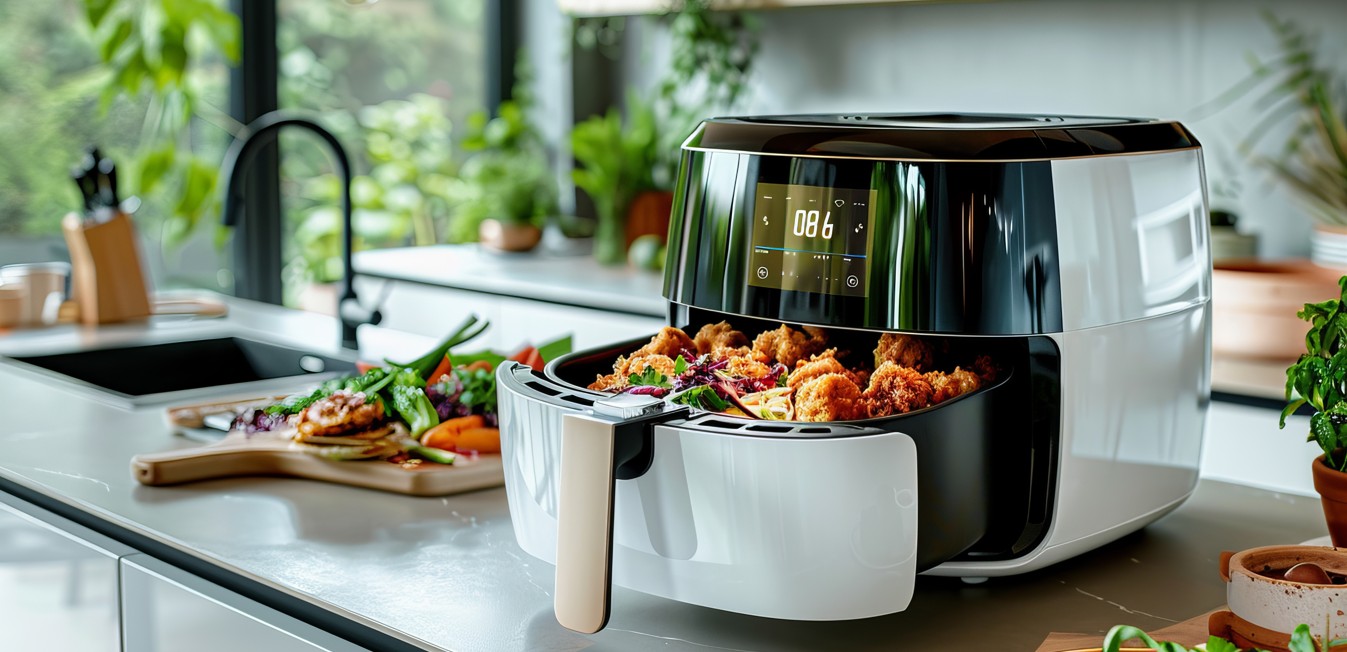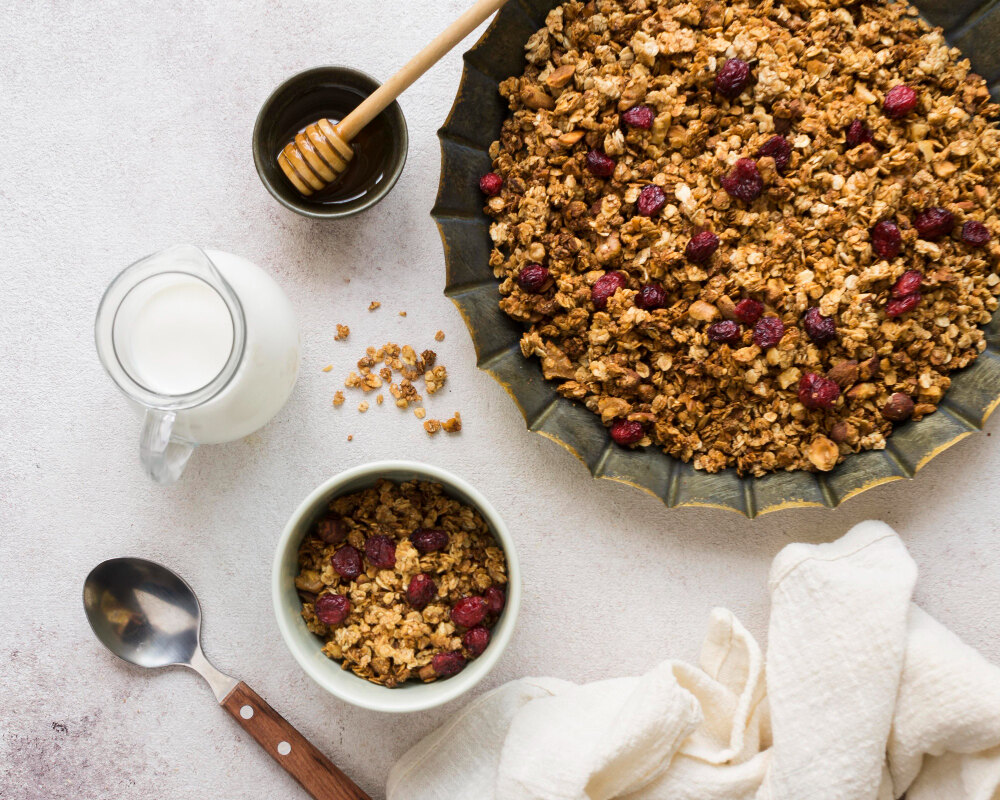Why cleaning your air fryer is a must for better cooking and safety

Ignoring air fryer cleaning can lead to grease buildup, bad smells, and even fire risks. Discover expert tips to keep your air fryer spotless, safe, and running like new, with simple steps that make all the difference.
As air fryers continue to take over kitchens worldwide, experts are raising alarms about improper cleaning practices in many households. This neglect is leading to stubborn stains, oil buildup, and, in some cases, even fire risks.
While air fryers are marketed as low-maintenance kitchen gadgets, appliance technicians warn that incorrect cleaning routines are causing long-term damage and posing hygiene risks in thousands of homes. Consumer reports from appliance service centres indicate a sharp rise in complaints about burnt residue, sticky grease layers, foul odours, and, in some cases, cockroach infestations.
Experts say these issues can be easily prevented with consistent, proper cleaning habits. Below is a step-by-step guide on how to clean your air fryer, especially when dealing with stubborn stains, compiled from appliance specialists, kitchen safety officers, and cleaning professionals.
Step 1: Let the air fryer cool down before cleaning
The biggest mistake people make is cleaning their air fryer while it’s still hot. It’s important to let the device cool completely before cleaning to avoid burns and prevent internal components from warping due to sudden temperature changes.
Step 2: Disassemble the parts for a thorough clean
Remove the air fryer’s basket, tray, and pan. These detachable parts are where most grease and burnt food accumulate. While many brands now offer dishwasher-safe components, professionals recommend hand washing to preserve the non-stick coating and extend the lifespan of these parts.
Step 3: Soak the parts to loosen stubborn grease
For heavily stained baskets and trays, soaking is essential. Fill a basin with warm water, add a few drops of dish soap, and mix in 1 to 2 teaspoons of baking soda for extra grease-fighting power. Let the parts soak for 15–30 minutes to soften the hardened oil and food particles, making them easier to clean.
Step 4: Scrub gently
Non-stick coatings are delicate, so use a soft sponge, a nylon brush, or a non-abrasive scrubber. Avoid steel wool or rough scouring pads, which can scratch the surface and damage the coating. For stubborn stains, apply a paste of baking soda and water, and gently scrub in circular motions to lift the residue.
Step 5: Clean the heating element (the often-forgotten area)
One of the most common hygiene issues involves the heating element, which often becomes coated in grease splatters. To clean it, unplug the air fryer and turn it upside down to access the coil. Wipe the heating element gently with a damp cloth soaked in warm, soapy water. For tougher stains, use a soft brush dipped in a baking soda solution. Neglecting this part can lead to smoke during cooking and reduced heating efficiency.
Step 6: Wipe the inside chamber thoroughly
Grease buildup inside the fryer chamber can cause unpleasant smells and uneven cooking. Experts recommend using a microfiber cloth dampened with warm, soapy water to wipe the inside. For tougher stains, use a baking soda paste, then carefully wipe with a damp, clean cloth. Never pour water directly into the chamber, as it could damage electrical components.
Step 7: Clean the exterior and vents
Air fryer vents can accumulate dust and grease from the kitchen. Use a lightly dampened cloth to clean the exterior, and a small brush or old toothbrush to clean the vents. Ensuring proper airflow is essential for optimal performance and helps prevent overheating.
Step 8: Let everything dry completely before reassembling
Moisture trapped inside the device can cause electrical damage. Allow all parts to air-dry completely or use a clean towel before reassembling the air fryer.
Improperly maintained air fryers can harbour harmful bacteria and lead to long-term appliance issues. Service centres have reported that common problems like strange smells, smoke emissions, and weakened non-stick surfaces are often caused by inadequate cleaning.
Top Stories Today











































